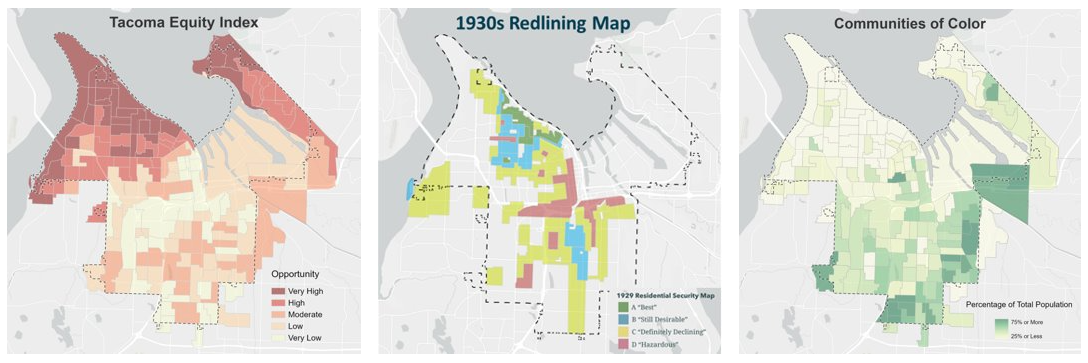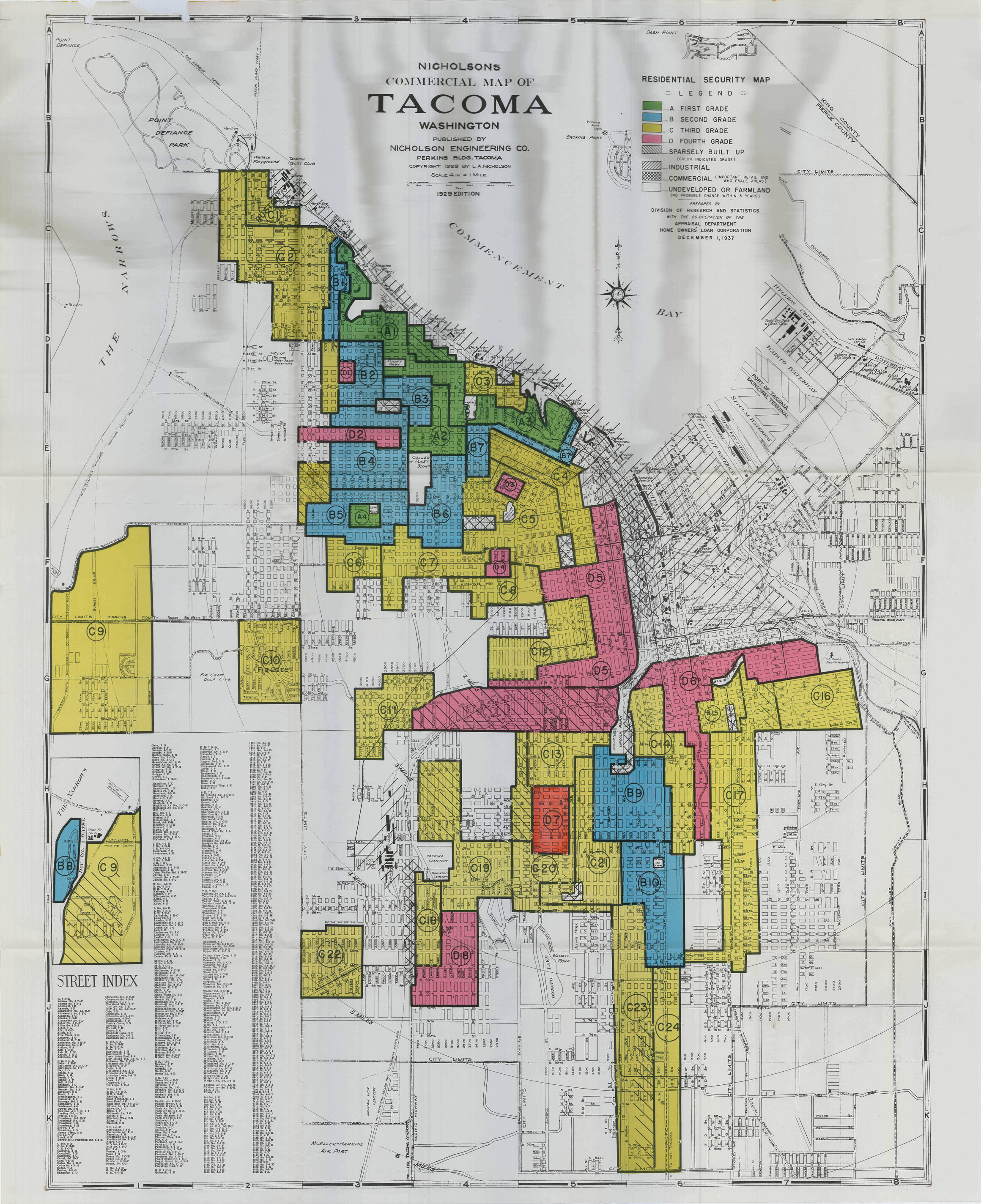
Anti-Displacement Strategy
Since the adoption of the Affordable Housing Action Strategy, there has been a growing focus on mitigating displacement, both at the City and State levels.
The City of Tacoma adopted its Affordable Housing Action Strategy (AHAS) in 2018 with a focus on creating more affordable housing, preserving affordable housing, keeping people in their homes and in their communities, and providing additional assistance to Tacomans with high barriers to accessing housing. Since the adoption of the AHAS, there has been a growing focus on mitigating displacement, both at the City and Washington State levels.
To begin to address this concern, the City passed Resolution 40871 in November of 2021 which directed the City Manager to evaluate options to assist in preventing displacement of residents.
In accordance with the Council resolution, the City drafted an Anti-Displacement Strategy. The strategy consists of 21 policy and program actions, including both new and expansion of existing actions, that the City aims to achieve over the next five to ten years.
A Historic Legacy Continues
Past housing policies, both at the local and national level, systematically discriminated against BIPOC households, limiting their access to financing and restricting where they could live. Racially restrictive housing covenants and the Tacoma redlining map are two stark local examples of how the effects of past discrimination are still felt today.
Two past City reports, the 2018 SPARC report and the 2021 Homeownership Disparity report, have found that the effects of these policies are still felt today. Combined, the two reports show that BIPOC Tacoma residents, and particularly Black residents, are at higher risk of being displaced, less financially ready for homeownership, and more likely to experience homelessness.
The Tacoma Equity Index further demonstrates that the areas redlined in the 1920’s and 30’s are still the areas with the lowest opportunity rating.

